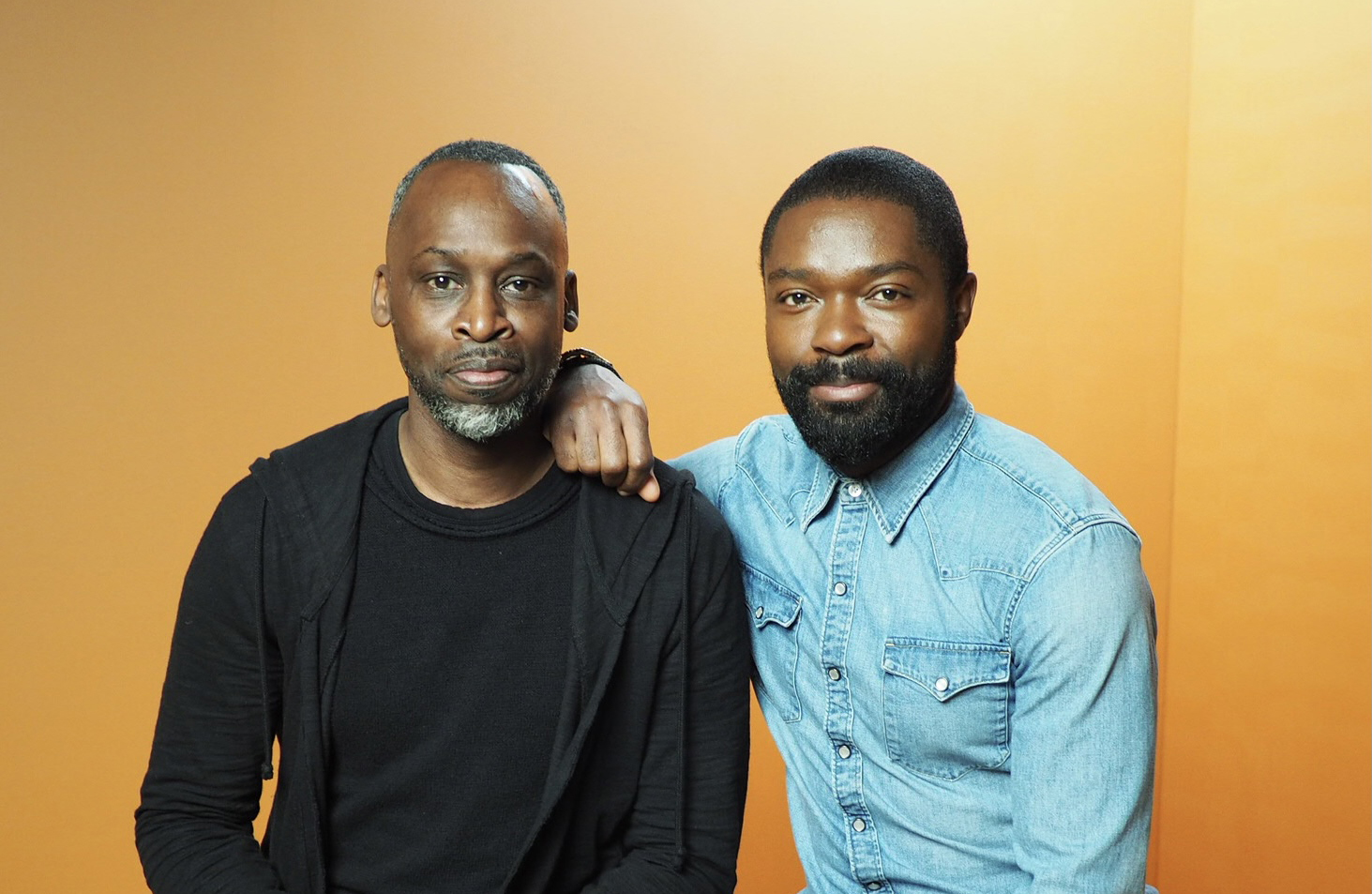LESSON TWO
Key themes
- Impact of images on audiences
Objectives
- Identify various types of photography and explain how they relate to storytelling
- Practice capturing images to inform stories
LESSON TWO
Key themes
- Impact of images on audiences
Objectives
- Identify various types of photography and explain how they relate to storytelling
- Practice capturing images to inform stories
VIDEO: When Spike Lee’s Malcolm X was released in 1992, film critic Roger Ebert reviewed the film and gave praise to the director’s cinematic choices. “Working with cinematographer Ernest Dickerson, Lee paints the early Harlem scenes in warm, sensuous colors, and then uses cold, institutional lighting for the scenes in prison. In many of the key moments in Malcolm’s life as a public figure, the color photography is intercut with a black and white, quasi-documentary style that suggests how Malcolm’s public image was being shaped and fixed.” In this clip from They’ve Gotta Have Us, Dickerson describes the process for creating those visuals.
LESSON TWO
Introduction
Know Your Audience
A storyteller’s identity and background can play an integral part in how they weave their tales and how the completed story is interpreted by society.
When the person telling the story does not share the same background as their subject matter, there is a chance that the message could be perceived as warped; even diluted.
Critics of the Oscar-winning film Green Book felt that it was entrenched in white saviorism and used the title of a Black history relic to shape its narrative. The Negro Motorist Green Book (1936-1964), created by Harlem-based Victor Green, was a Black travel guide honed by Green’s experience as a New York City mailman during Jim Crow laws and the North’s de facto segregation. Following the popularity of his guide to NYC stores, motels, and gas stations that welcomed Black travelers, Green developed similar travel guides for cities around the country. The Negro Motorist Green Book was important; at that time, Black motorists regularly encountered racism and a lack of accommodations as they journeyed. Green’s travel guide didn’t stand alone, but it would become the most widely recognized across the nation, receiving acclaim from historians, Black businesses and respected journalists.
Critics emphasized that the movie, which was written and directed by white men, departed from this narrative, “centering the story of a racist white man who makes an unlikely Black friend on a journey through the American south and becomes slightly less racist.”
In the next activity, learners will explore the life and work of groundbreaking photographer and film director Gordon Parks. Check out this clip from They’ve Gotta Have Us and listen as creatives talk about the impact of Parks’ feature film, Shaft.
Critics emphasized that the movie, which was written and directed by white men, departed from this narrative, “centering the story of a racist white man who makes an unlikely Black friend on a journey through the American south and becomes slightly less racist.”
In the next activity, learners will explore the life and work of groundbreaking photographer and film director Gordon Parks. Check out this clip from They’ve Gotta Have Us and listen as creatives talk about the impact of Parks’ feature film, Shaft.
LESSON TWO
Activity I. Identify Yourself
Procedures
- Begin by watching a scene from Episode Two of They’ve Gotta Have Us. In this clip, director Kasi Lemmons kicks off a conversation about white directors telling the stories of Black people.
- Read this article about the power of Indigenous storytelling. Think about the question "Is it important for a writer or director to have a connection to the protagonist in their stories?"
- Answer the reflection questions in the next section.
Procedures
- Begin by watching a scene from Episode Two of They’ve Gotta Have Us. In this clip, director Kasi Lemmons kicks off a conversation about white directors telling the stories of Black people.
- Read this article about the power of Indigenous storytelling. Think about the question "Is it important for a writer or director to have a connection to the protagonist in their stories?"
- Answer the reflection questions in the next section.
LESSON TWO
Activity I. Reflection Questions
-
1Must creators always share the same background as the subject matter in order for the story to be believable?
-
2What are some examples of films that benefited from the creators and lead characters sharing a similar background?
-
3What are some examples of films that could have benefited from the creators showing more sensitivity to the characters in their films?
-
4What steps will you take in your own storytelling to ensure that your plot and characters are authentic?
-
1Must creators always share the same background as the subject matter in order for the story to be believable?
-
2What are some examples of films that benefited from the creators and lead characters sharing a similar background?
-
3What are some examples of films that could have benefited from the creators showing more sensitivity to the characters in their films?
-
4What steps will you take in your own storytelling to ensure that your plot and characters are authentic?
The Power of Imagery
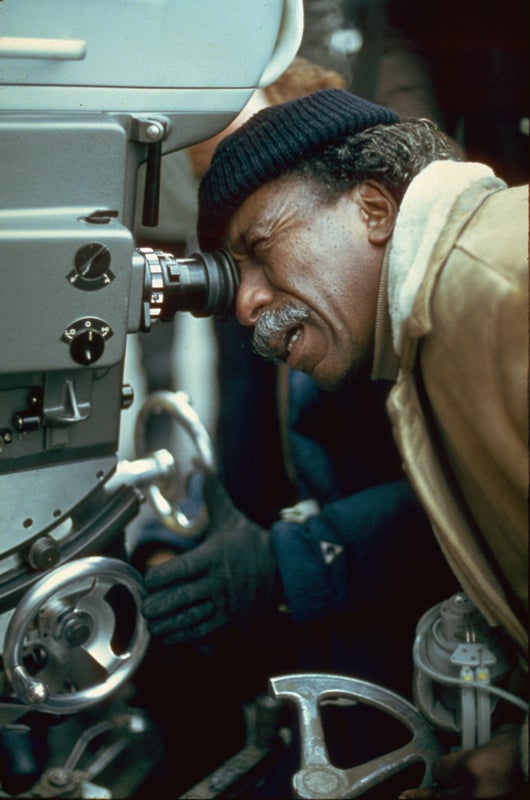 Gordon Parks, 1971 [Photo by Hulton Archives / Getty Images]
Gordon Parks, 1971 [Photo by Hulton Archives / Getty Images]Told by his teacher that he could only hope to grow up to be a pullman porter, Gordon Parks bought a pawnshop camera and became a prominent fashion photographer, photojournalist for LIFE magazine, musician, composer, poet, writer and film director.
In addition to documenting the experiences of Black creatives in They’ve Gotta Have Us with moving images, director Simon Frederick also showcases his talent as a portrait photographer. Throughout the series, viewers are able to see how still images and moving images are two sides of the same coin.
Learners will now explore the life and work of groundbreaking photographer and film director Gordon Parks, while developing basic photography skills to capture images of the people, places and things that make up their lived experiences.
Often I think back to Ms. McClintok, a white high school teacher in Kansas. As an adviser to black students, she gave us some disheartening advice: ‘Don’t waste your parents’ money on college. You’ll wind up as porters and maids. To graduate from here is enough.’ To me, her advice went wanting. I didn’t graduate, but when I was handed my thirtieth doctorate, I dedicated it to her — for pushing me to find her wrong.”
The Power of Imagery
 Gordon Parks, 1971 [Photo by Hulton Archives / Getty Images]
Gordon Parks, 1971 [Photo by Hulton Archives / Getty Images]Told by his teacher that he could only hope to grow up to be a pullman porter, Gordon Parks bought a pawnshop camera and became a prominent fashion photographer, photojournalist for LIFE magazine, musician, composer, poet, writer and film director.
In addition to documenting the experiences of Black creatives in They’ve Gotta Have Us with moving images, director Simon Frederick also showcases his talent as a portrait photographer. Throughout the series, viewers are able to see how still images and moving images are two sides of the same coin.
Often I think back to Ms. McClintok, a white high school teacher in Kansas. As an adviser to black students, she gave us some disheartening advice: ‘Don’t waste your parents’ money on college. You’ll wind up as porters and maids. To graduate from here is enough.’ To me, her advice went wanting. I didn’t graduate, but when I was handed my thirtieth doctorate, I dedicated it to her — for pushing me to find her wrong.”
The Power of Imagery
 Gordon Parks, 1971 [Photo by Hulton Archives / Getty Images]
Gordon Parks, 1971 [Photo by Hulton Archives / Getty Images]Told by his teacher that he could only hope to grow up to be a pullman porter, Gordon Parks bought a pawnshop camera and became a prominent fashion photographer, photojournalist for LIFE magazine, musician, composer, poet, writer and film director.
In addition to documenting the experiences of Black creatives in They’ve Gotta Have Us with moving images, director Simon Frederick also showcases his talent as a portrait photographer. Throughout the series, viewers are able to see how still images and moving images are two sides of the same coin.
The Power of Imagery
 Gordon Parks, 1971 [Photo by Hulton Archives / Getty Images]
Gordon Parks, 1971 [Photo by Hulton Archives / Getty Images]Told by his teacher that he could only hope to grow up to be a pullman porter, Gordon Parks bought a pawnshop camera and became a prominent fashion photographer, photojournalist for LIFE magazine, musician, composer, poet, writer and film director.
In addition to documenting the experiences of Black creatives in They’ve Gotta Have Us with moving images, director Simon Frederick also showcases his talent as a portrait photographer. Throughout the series, viewers are able to see how still images and moving images are two sides of the same coin.
Often I think back to Ms. McClintok, a white high school teacher in Kansas. As an adviser to black students, she gave us some disheartening advice: ‘Don’t waste your parents’ money on college. You’ll wind up as porters and maids. To graduate from here is enough.’ To me, her advice went wanting. I didn’t graduate, but when I was handed my thirtieth doctorate, I dedicated it to her — for pushing me to find her wrong.”
Learners will now explore the life and work of groundbreaking photographer and film director Gordon Parks, while developing basic photography skills to capture images of the people, places and things that make up their lived experiences.
LESSON TWO
Activity II. Behind the Lens
Learn photography skills to capture images of your lived experiences
Procedures
- Watch this video on using photography to tell stories.
- Download this PDF. Follow the instructions to complete this activity and create one new photographic image.
- Answer the reflection questions that follow this activity.
Procedures
- Watch this video on using photography to tell stories.
- Download this PDF. Follow the instructions to complete this activity and create one new photographic image.
- Answer the reflection questions that follow this activity.
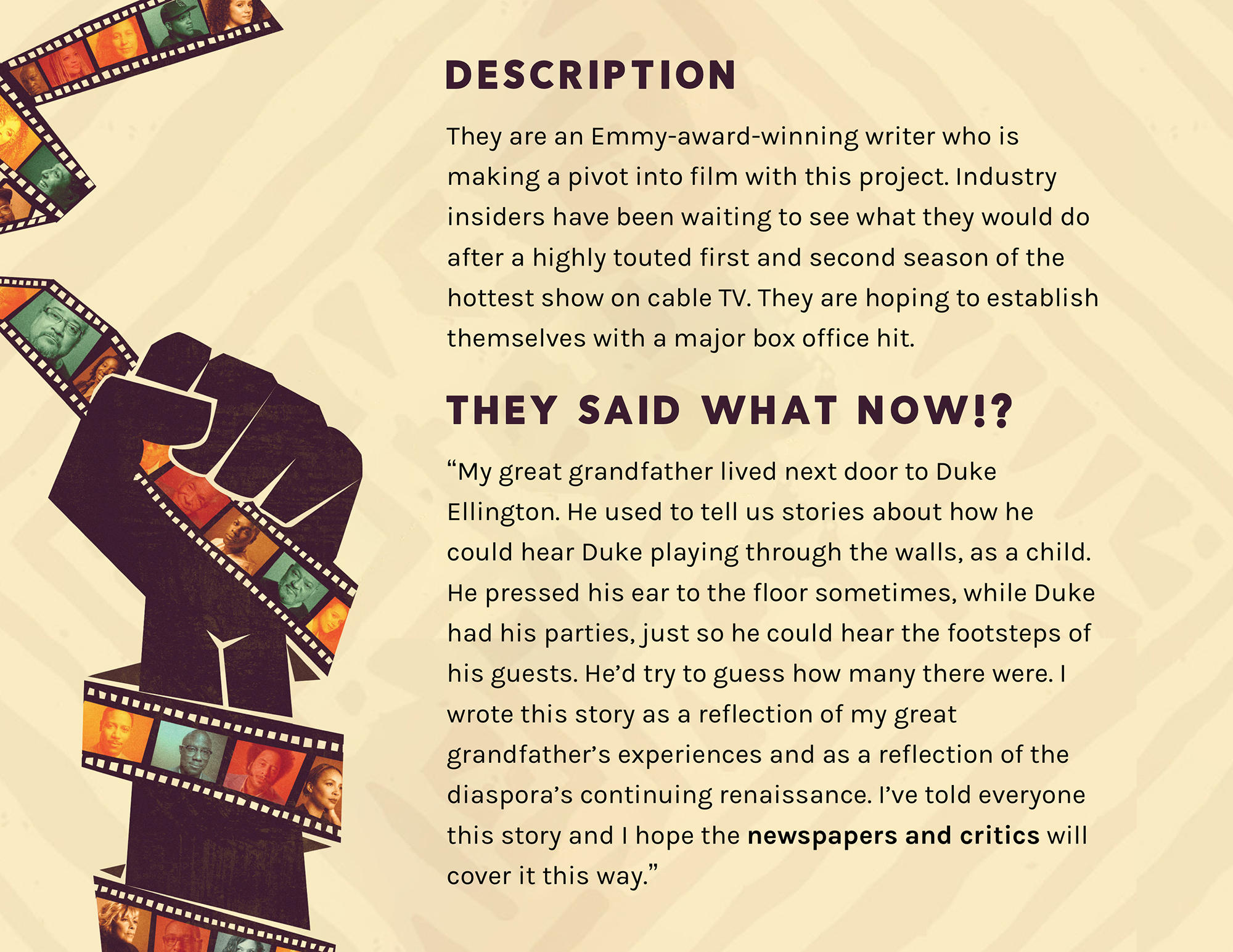
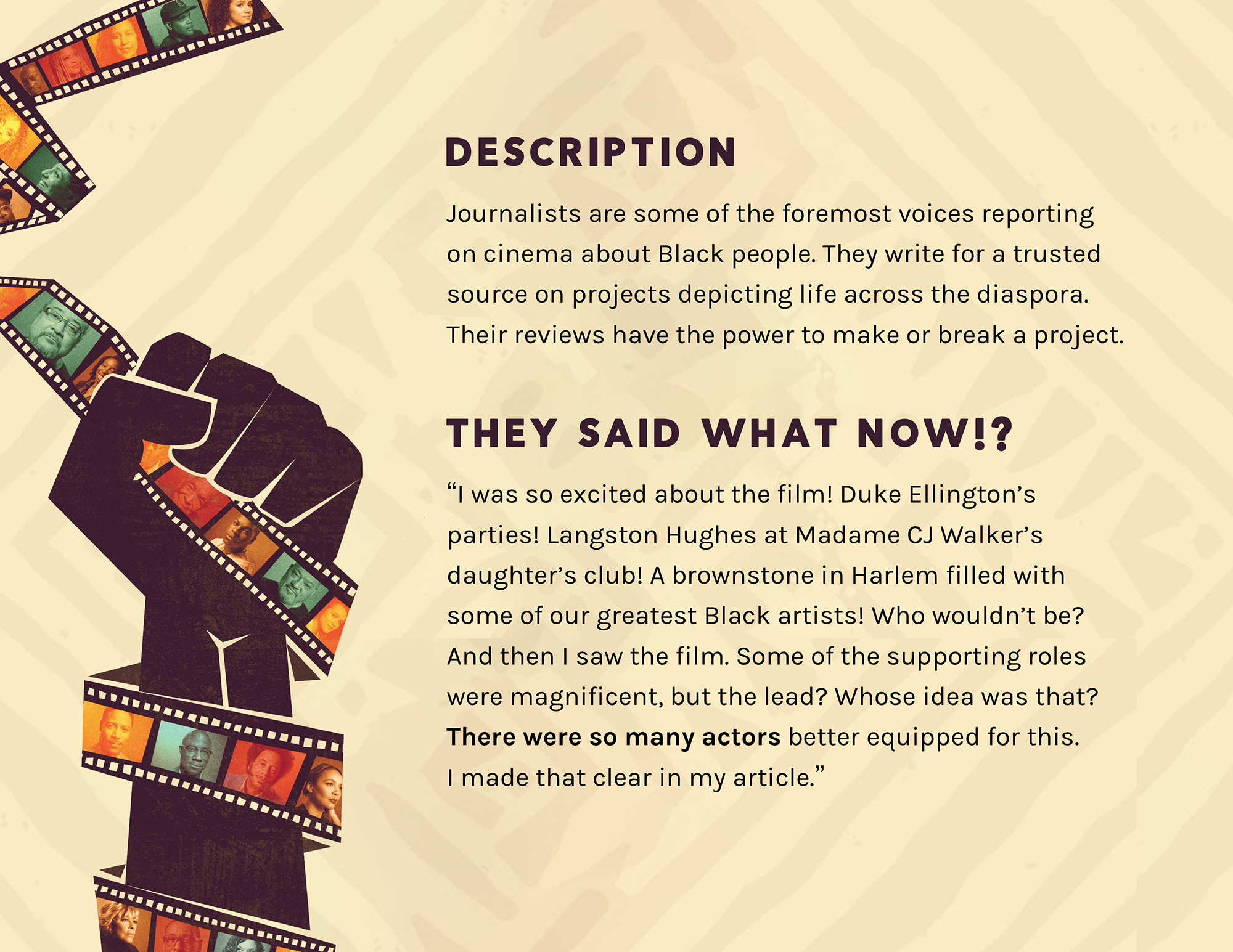
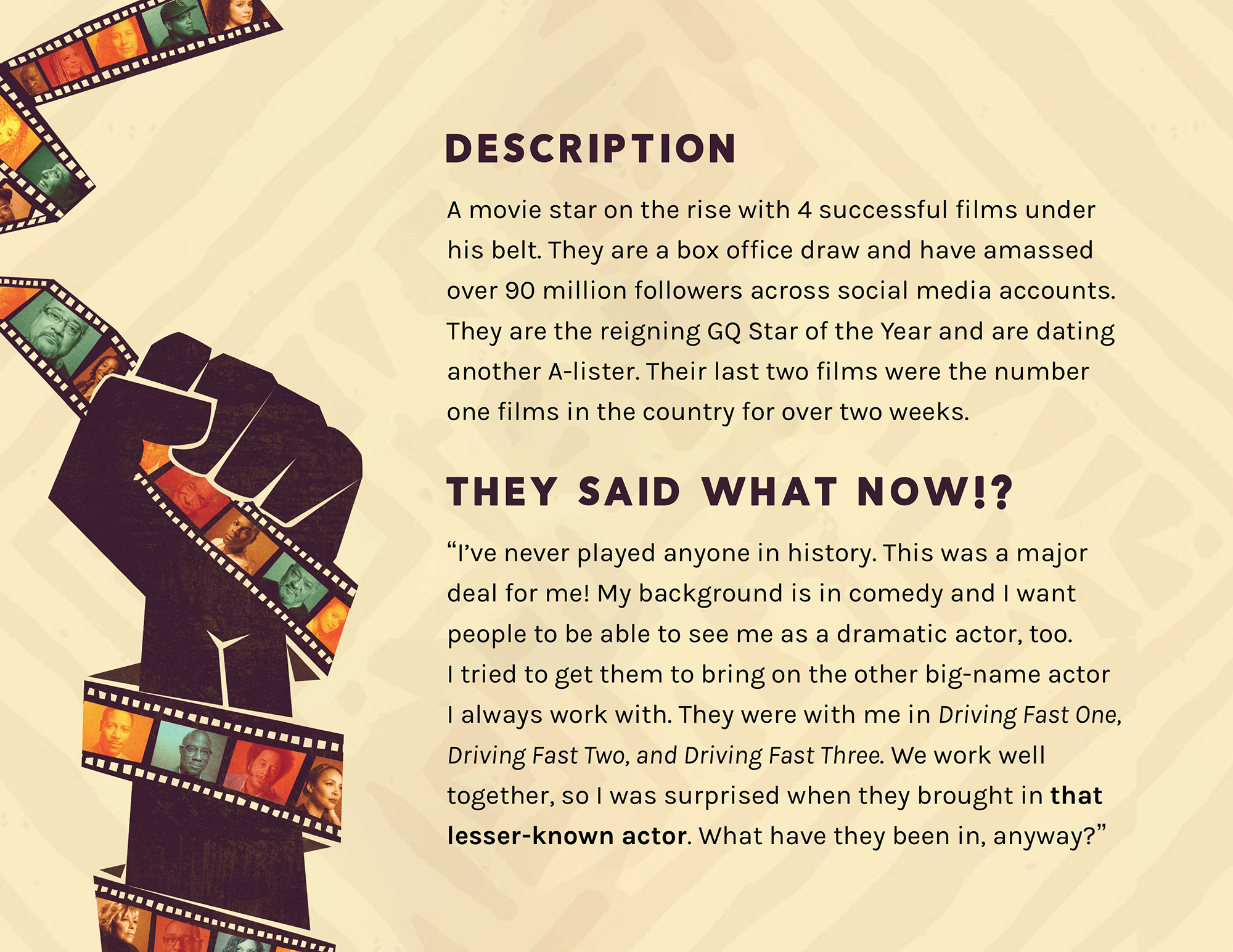
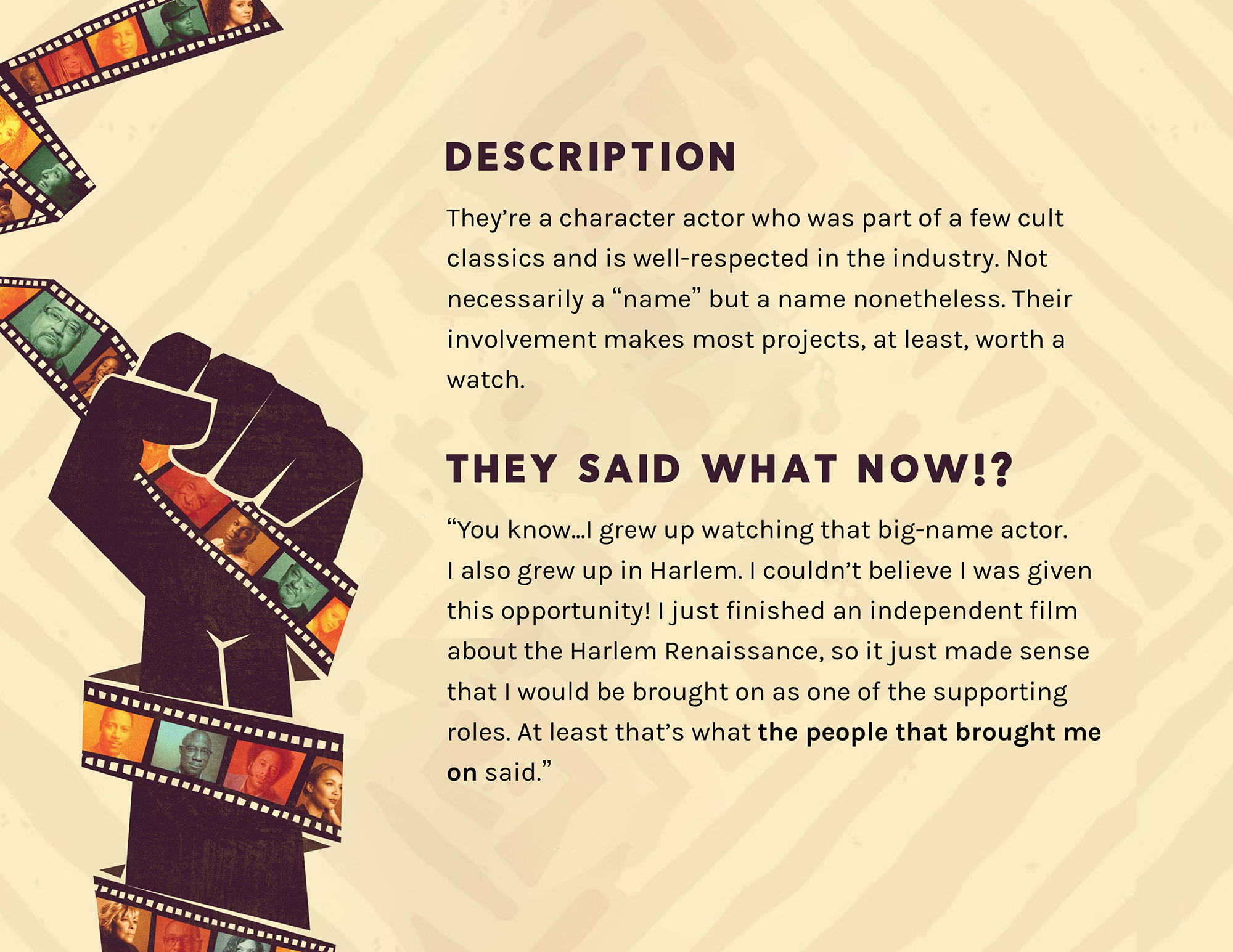
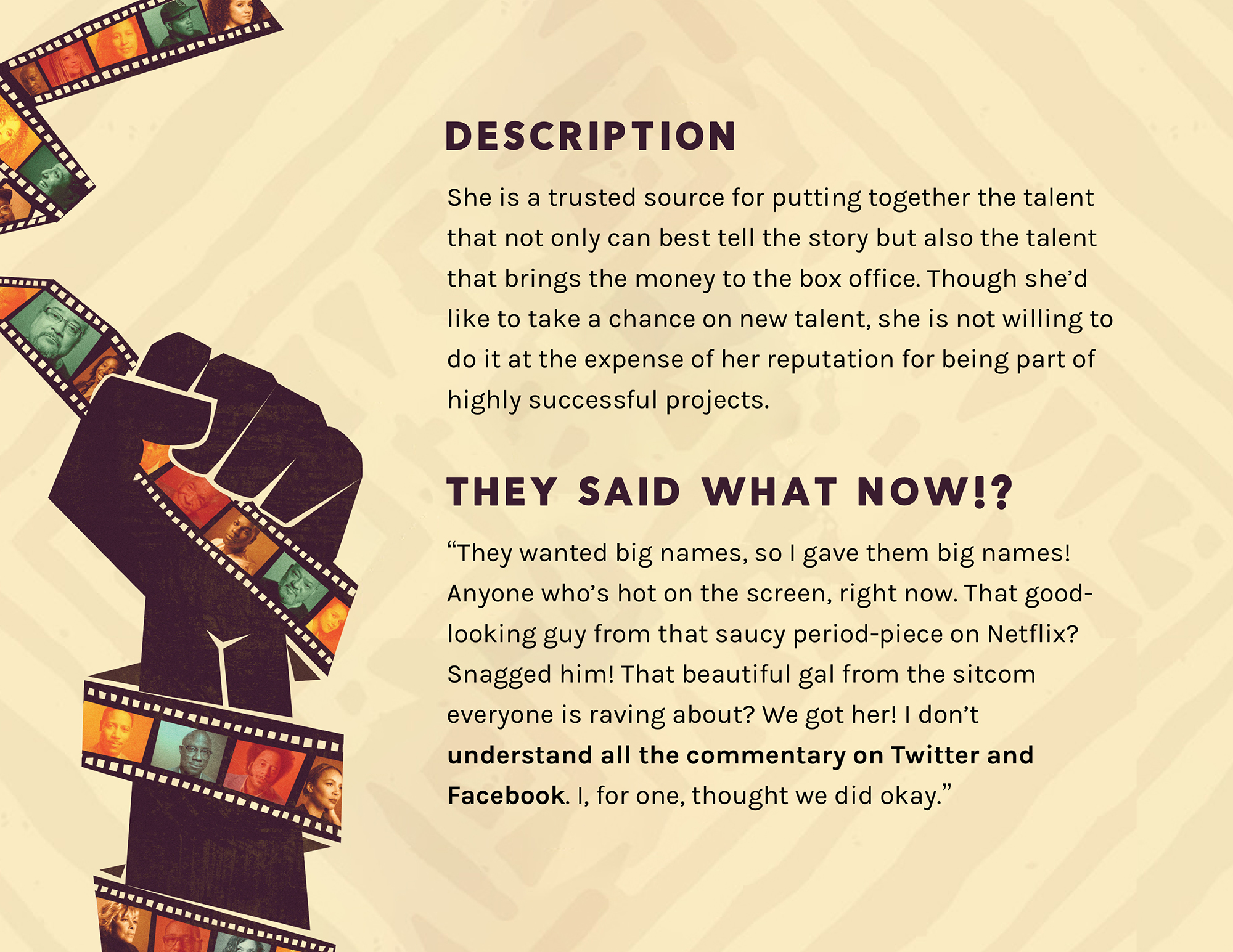
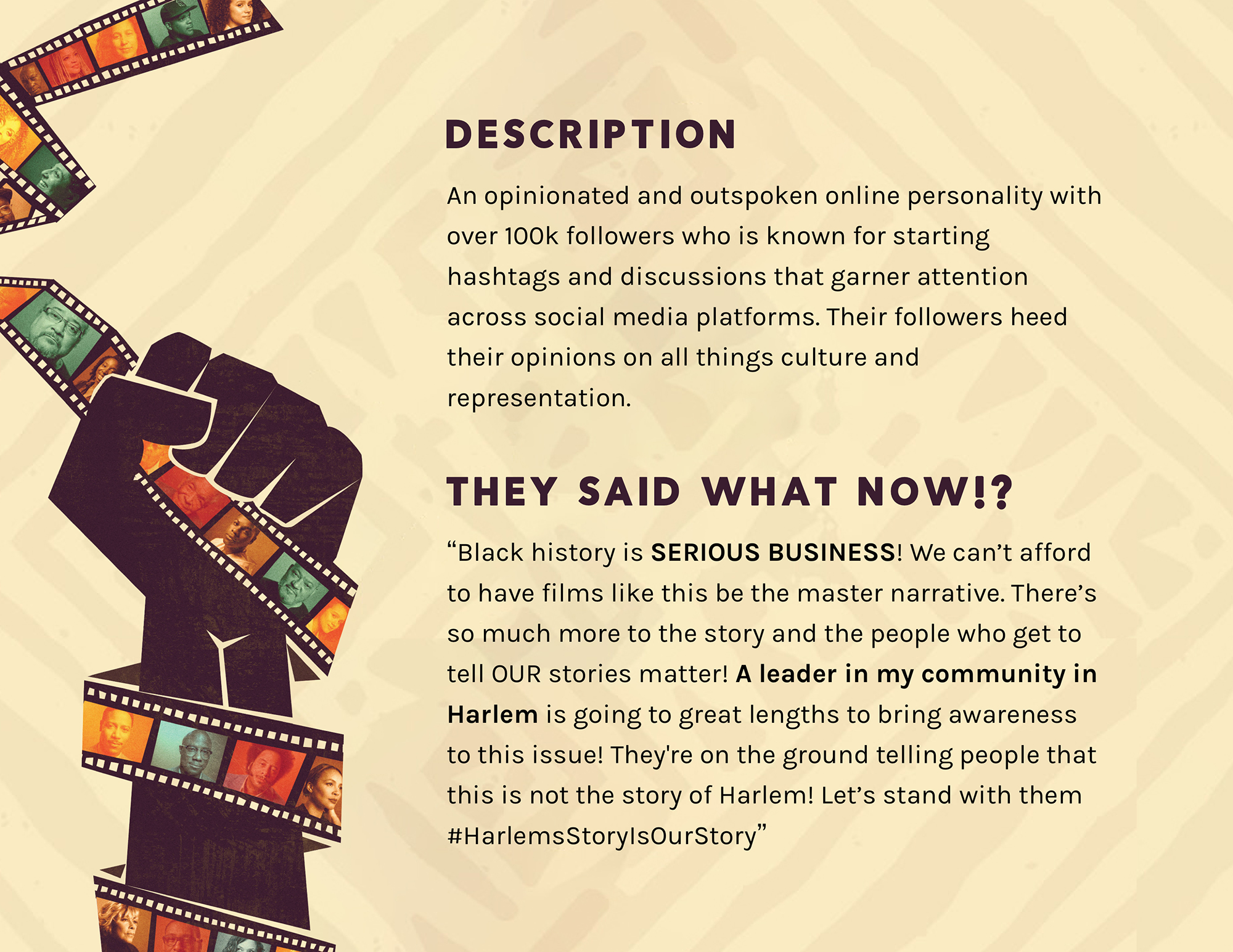
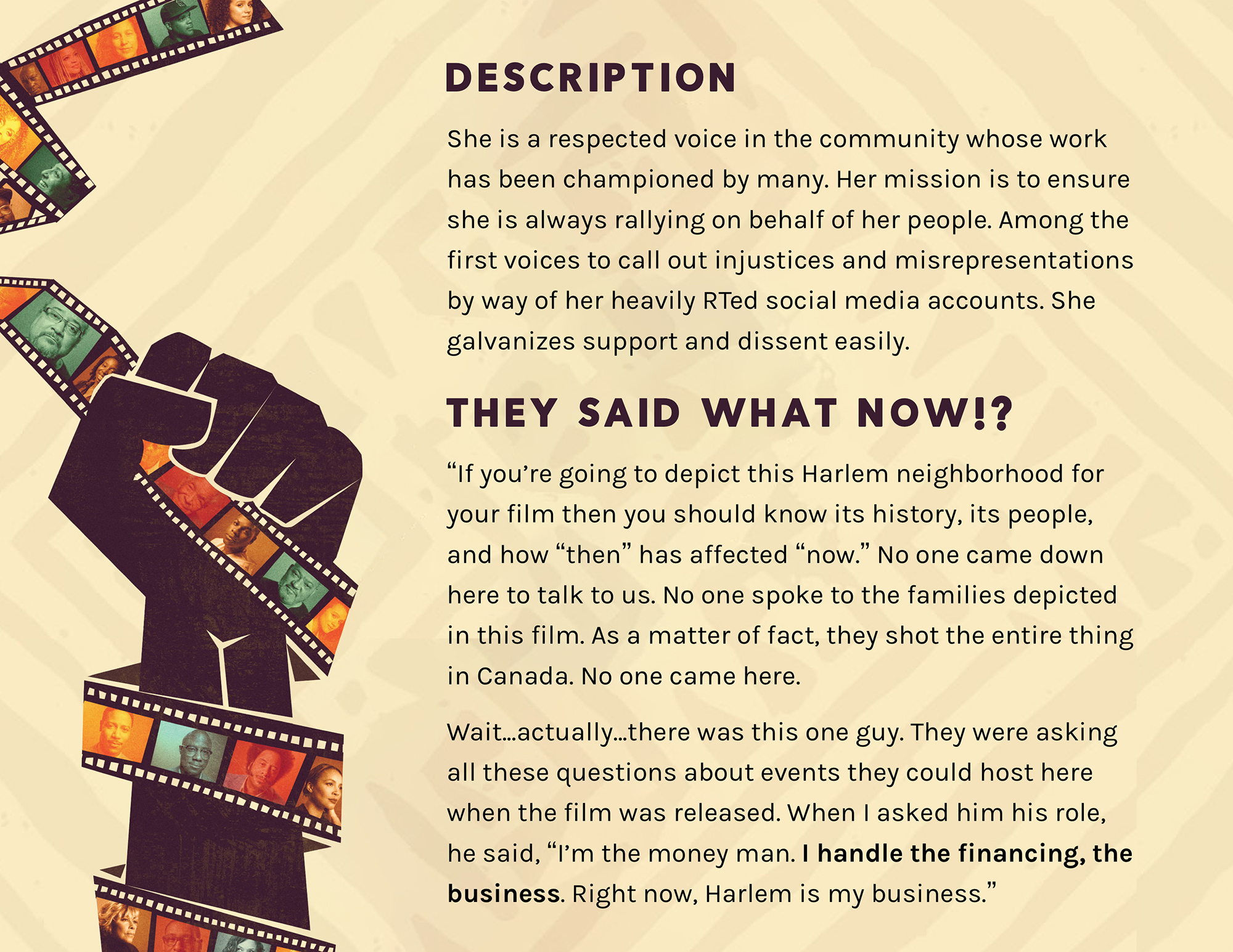
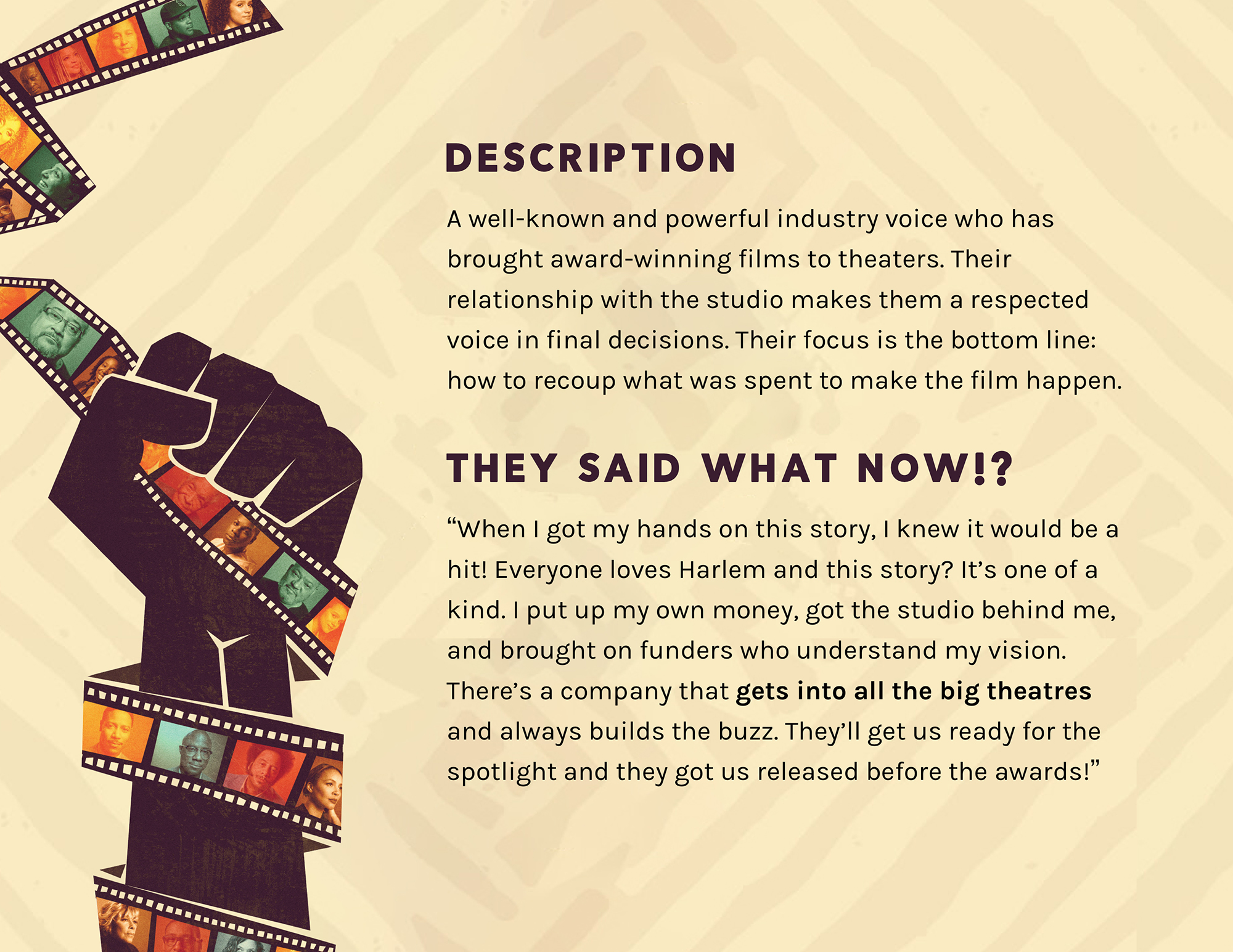
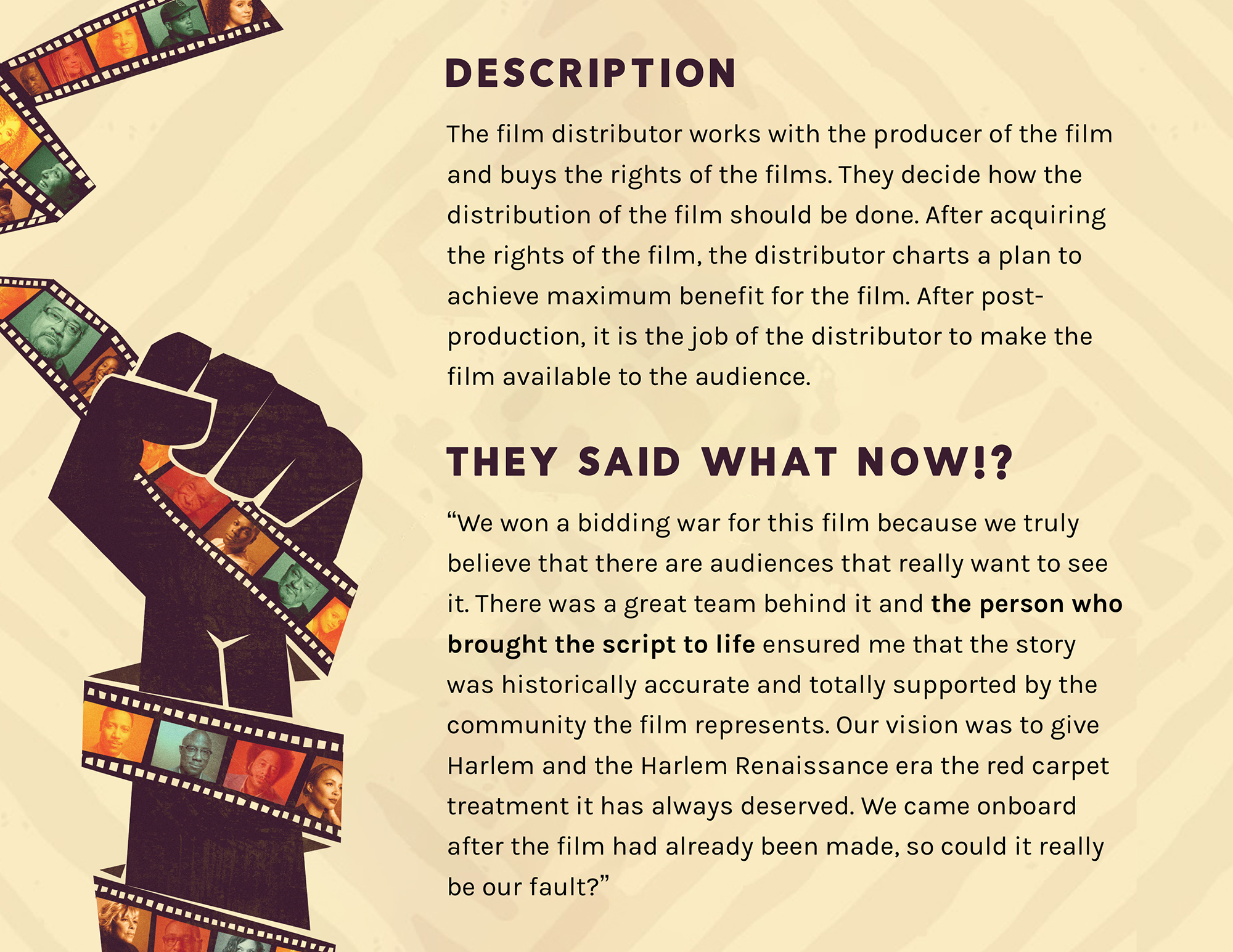
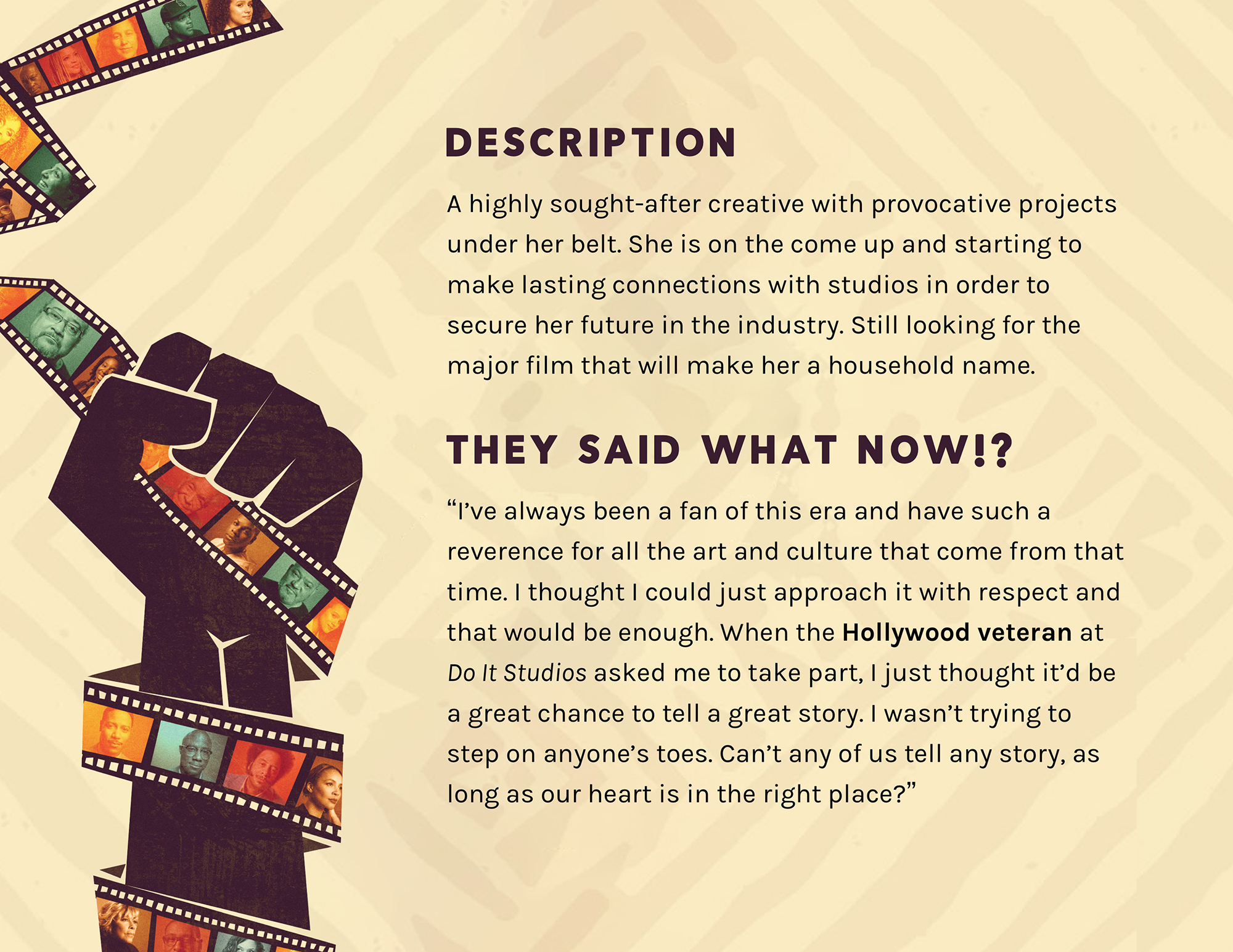
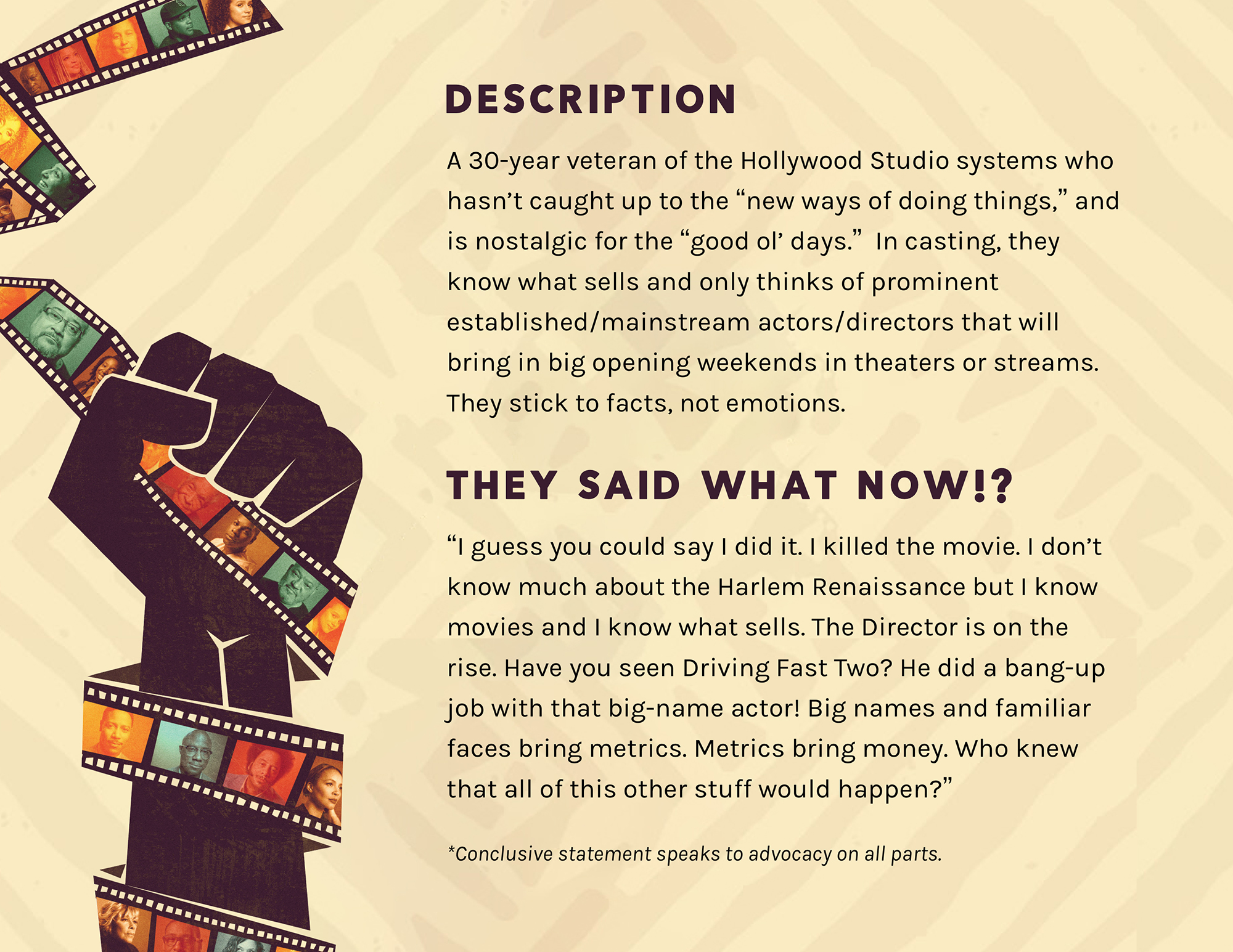
LESSON TWO
Activity II. Reflection Questions
-
1Who controls the message of movies?
-
2Who should control the message of movies?
-
3Why is perspective important in movies?
Digging Deeper
Explore more articles and videos on this topic
Videos
How self-taught photographer Gordon Parks became a master storyteller
PBS Newshour (Run time 6:13)
Ultimate Guide to Camera Aperture — What is Aperture & the Exposure Triangle Explained
Studio Binder (Run Time 8:03)
Film Crew Roles Explained! Behind the scenes on set.
Fact Bites (Run Time 8:31)
nominated actor David Oyelowo
nominated actor David Oyelowo


